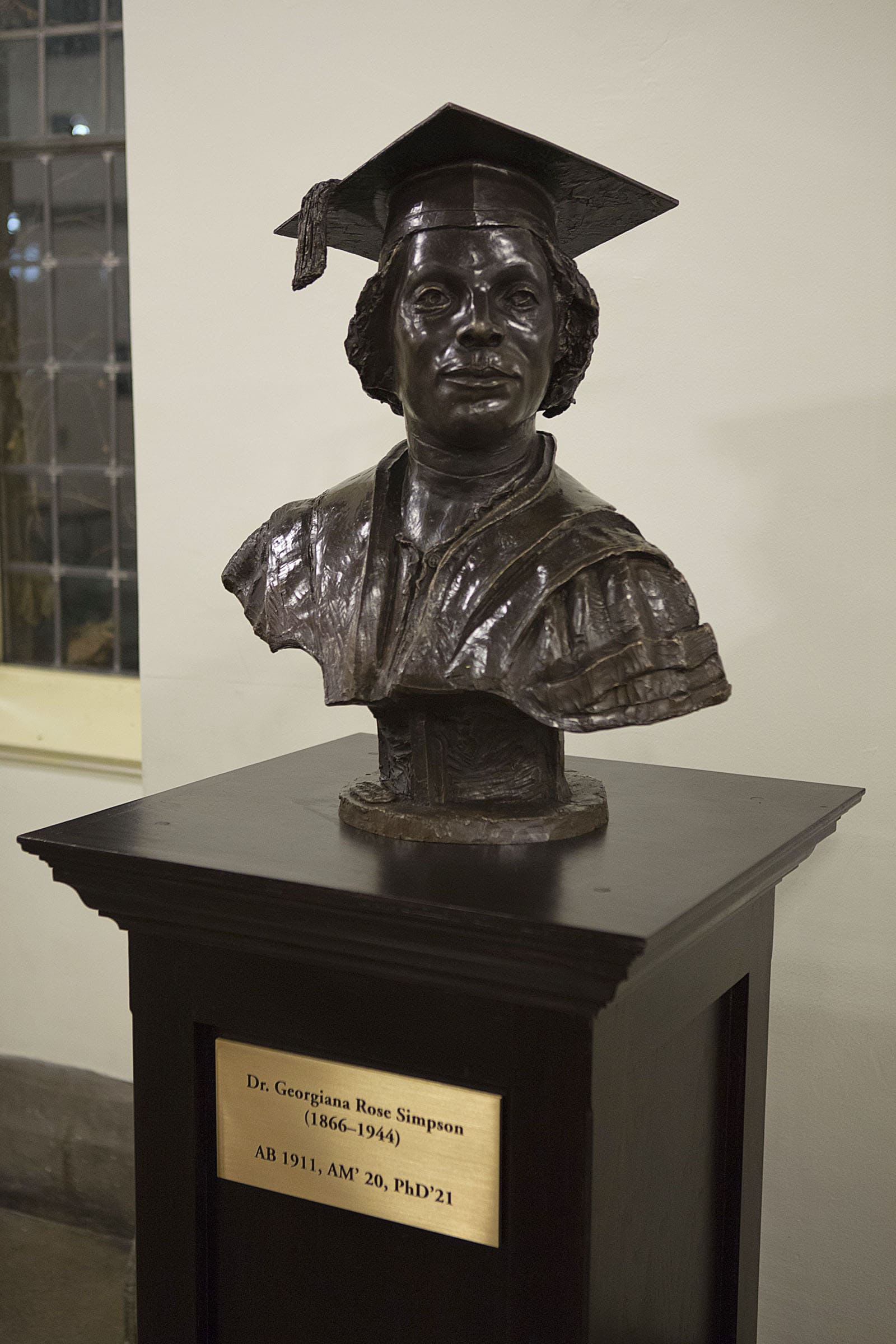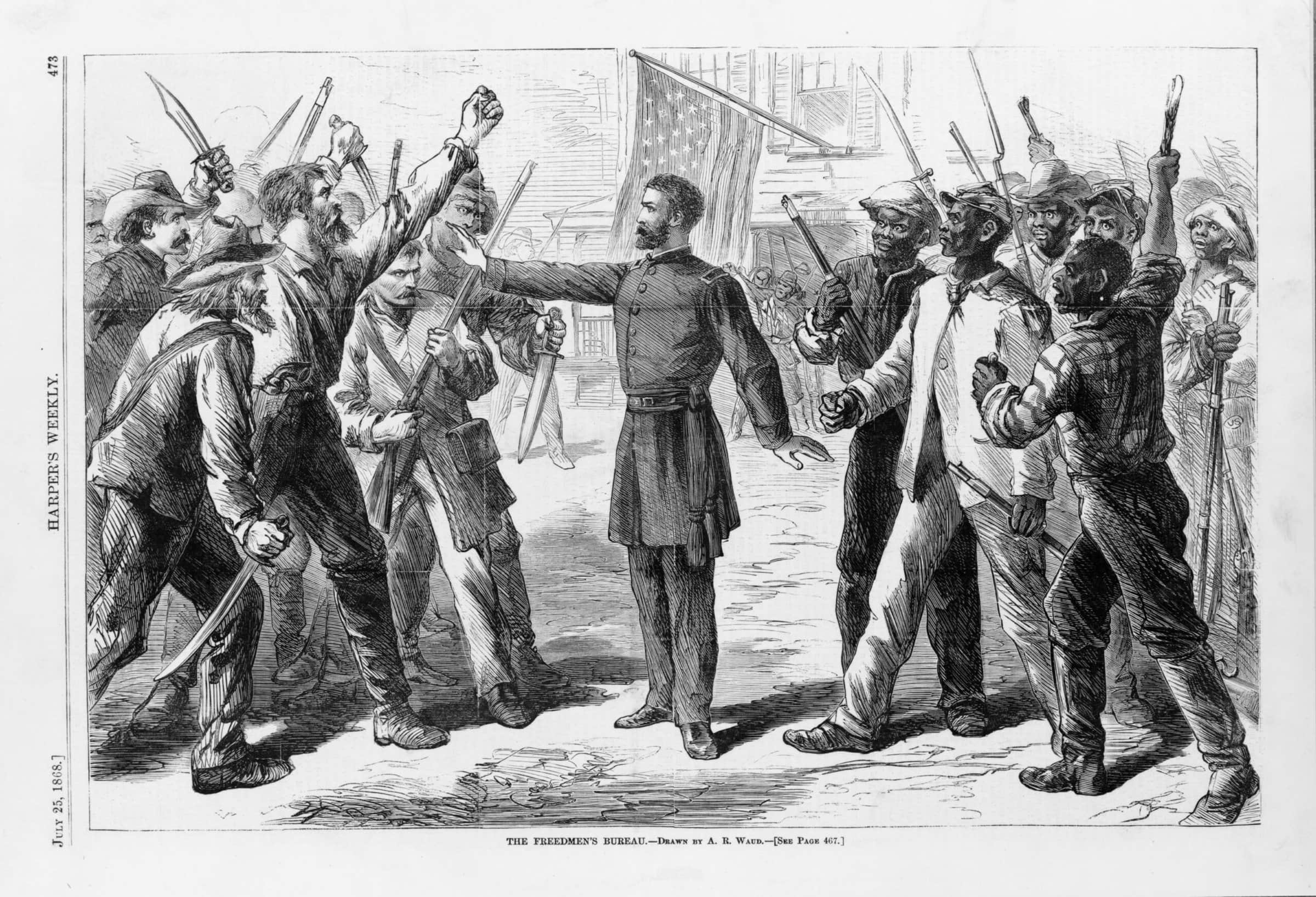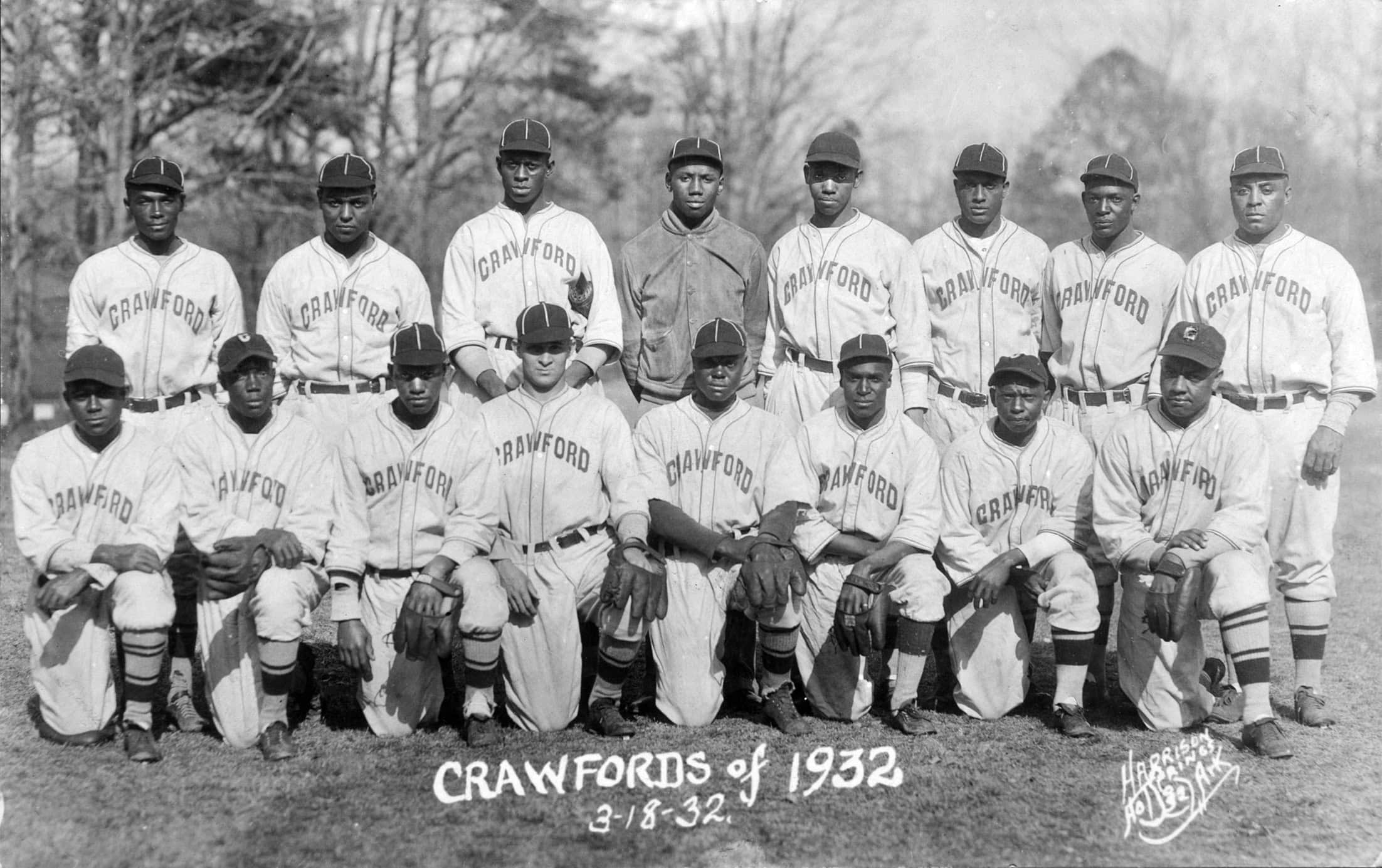Because of its proximity to the White House, Lafayette Square is often called America’s front yard. Presented by the Decatur House Museum and endorsed by the National Endowment for the Humanities and the National Trust for Historic Preservation, the ”Half Had Not Been Told to Me” online digital tour focuses on African American history in Lafayette Square during the 19th and 20th centuries. The site explains, “By exploring the African American history of Lafayette Square, you can begin to reveal a partially obscured treasure and discover the ‘half had not been told me,’ just as Frederick Douglass did when he encountered the Freedman’s Bank on the Square.”
The site’s functions are multifold. The resources available can be used as a springboard for teachers in creating lesson plans or as a supplement for already existent lesson plans. In addition to aiding teachers, the website also expands general knowledge on the history of the Square.
The site offers two options for exploring Lafayette Square’s historic buildings. First, you can take a digital tour of these buildings, reading and listening to the history of each, as well as perusing primary resources. If you happen to find yourself in Lafayette Square on a trip to Washington, D.C., take a cell phone audio tour using Guide by Cell technology, which allows you to call individual phone numbers for each historic building and listen to a tour narrated by the city’s mayor, Adrian Fenty.
How you take the tour is entirely up to you, but the following links give scaffolding to the history surrounding Lafayette Square.
- Lafayette Square – An enslaved woman buys her freedom and changes the nation’s history.
- Andrew Jackson Statue – A slave helps craft this statue and the Capitol’s statue of freedom.
- The White House – From slavery to sit-ins.
- Freedman’s Savings & Trust Co.– $3M dollars vanish without a trace.
- Rodgers House/ Belasco Theater – A command performance by the first African American Opera star.
- Tayloe House – Compensated emancipation, only in DC.
- Dolley Madison’s House – A former slave shows charity toward an impoverished First Lady.
- St. John’s Church – Free and enslaved African Americans are married and baptized at the President’s parish.
- Weddings at St. John’s – Selected entries from the St. John’s Church marriage register.
- Civil Rights Era at St. John’s – In 1963 St. John’s Reverend John C. Harper expresses that the church is open to everyone.
- Daniel Webster’s House – A slave plans a daring escape, but has a change of heart.
- Paul Jennings’ Letter – Reading of letter from Paul Jennings to Daniel Webster.
- Decatur House Slave Quarters – Men, women and children from two families living together in 900 sq. ft.
- Members of John Gadsby’s Enslaved Household
- Decatur House – Where Charlotte Dupuy takes a brave stand against slavery.
- 712 Jackson Place – Murder or self-defense? Will justice be served on Jackson Place?
- Ewell House – Buying, selling, and resisting.
This post first appeared on AHA Today.


